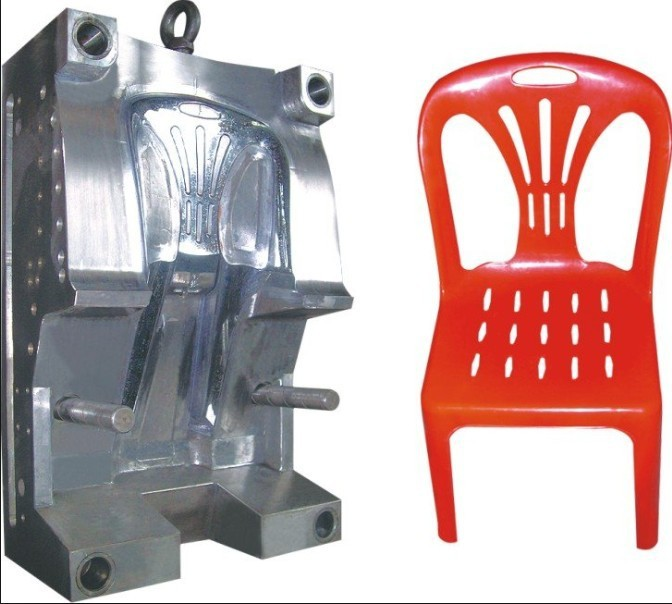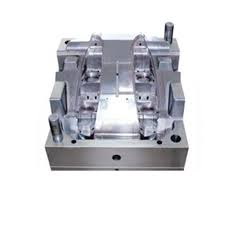What are the different types of mold tools in plastic molding?

In fact, tooling is the backbone of all physical production of your products whether they are plastic or of any other material. Hence, good plastic tooling is also very important for producing high-quality plastic products.
In plastic injection molding, molds play a vital role in producing ideal products. Moreover, there are also several secondary tools or instruments that are extremely important for molded parts.
Today, we are going to explore the importance of good tooling in plastic injection molding. Further, what are different types of mold tools used in molding plastic products?
What does tooling mean in manufacturing?
Tooling is also famous for machine tooling in manufacturing. Basically, it is the process of gathering all the manufacturing components as well as machines that are essential to use for good production.
Moreover, the most popular categories in machine tooling contain;
- fixtures
- jigs
- gauges
- molds
- dies
- cutting equipment and patterns.
Further, all these components are also an essential part of plastic tooling in molding.
What is plastic tooling in injection molding?
In fact, in plastic injection molding, all the components are included that we have mentioned above. Moreover, there are many other fixtures, jigs, gauges, and several more necessary equipment that are highly important to use for good quality molded products.
All these components are critical to use for good production and also for the success of your injection molding project.
What is the importance of good plastic tooling in injection molding?
Basically, good tooling has great importance for manufacturers in all industries. If all the tools in manufacturing do not work accurately, you will not be able to get perfect products.
Hence, for a successful project, the perfection of the tool, dies, molds and other component is part and parcel. Actually, the right plastic tooling in plastic injection molding can produce the products with great efficiency.
What are different types of mold tools used in plastic molding?
Here are different types of mold tools that are extremely beneficial in different types of plastic molding. These are:
- Injection Mold
- Rotational Mold
- Blow Mold.
Injection Mold:
It is generally one of the best forms of tooling in injection molding. Moreover, it is a special block of alloy or steel that is able to precisely produce a negative of the part that you want to mold.
In simple words, the injection mold is a two-part core & cavity that closes up using hydraulic pressure. The plastic manufacturers fill a hopper with melted plastic and inject it into the cavity under high pressure to make the shape of the part within the mold.
When it cools down, the two halves of the mold open, and the plastic part is ejected from the mold. Once, the part gets out of the mold, it may need some post-processes such as painting, chrome plating.
Further, this part also needs printing with additional elements like the logo of the company.
Rotational Mold:
It is also very important plastic tooling in the plastic molding process. Furthermore, it has specially designed for creating very large parts as well as for parts that need a much thicker wall.
Large plastic products such as large water holding tanks, children’s playground sets, etc. are only possible because of this tool. In fact, it is similar to blow mold tools in construction. But its process is actually different.
In this kind of tool, the two cavities come together using a pre-measured quantity of plastic pellets inside the mold. The heated mold is rotated on multiple axes till the plastic with the mold melts and coats the inside of the mold.
Moreover, this cycle time is much longer in comparison to blow mold but it is ideal to create large parts.
Blow Mold:
Actually, it is also a common type of plastic tooling in plastic molding. Further, it has a simpler process in comparison to injection mold. It only needs a cavity but doesn't have a core.
In its production process, the two halves of the blow mold cavity come together to pinch a curtain of molten plastic and trap it within a mold. The molders also trap a needle or a small injector between the two halves of the mold.
It helps to blast air into the middle of the curtain of melting plastic. Further, it sends it outward against the walls of the mold in order to take the shape of the final product. After, cooling you get the parts with a hollow inside such as water jugs, pop bottles, oil bottles, and many more.
What are other mold tools in plastic molding?
Basically, a mold is a core tool in plastic tooling. This tool is greatly useful in plastic injection molding in order to mold melted plastic into plastic products. Moreover, manufacturers specially design this tool for producing specific plastic products they want to produce.
The most common type of injection mold generally has a two-plate tool. There are several other types of injection molds. But the two-plate tool has two main parts, like
- The injection mold (A Plate)
- The ejector mold (B Plate).
These two terms are very important so we will discuss them in detail later in another article.
What are the 9 essential tools in plastic tooling of injection molding?
We are here with an explanation of some more mold tools in plastic injection molding. This plastic tooling also has extreme importance in plastic injection molding.
These tools are:
Guide Pins:
It is useful to fix one half of the mold and align the two halves by entering the holes in the other half.
Mold cavity:
It is also known as a gate. Further, it produces a weak point that enables the molding to easily break or cut from the runner.
Runner:
It is a passageway in a mold that helps to connect the cavities to the sprue bush.
Gate:
A runner narrows as it enters the mold cavity. So, it is called a gate. The gate produces a weak point enabling the molding to be easily broken or cut from the runner.
Sprue Bush:
It is also an important tool of plastic tooling. This tool can taper a hole in the center of the mold inside which the molten plastic is first injected.
Sprue: It is the material that sets in the sprue bush.
Mold Cavity:
It is the space into the mold. Basically, it is the basic shape that helps to produce the final shape of the plastic parts.
The Shot:
It is the total amount of melted material that is injected into the mold.
Ejector Pins:
These pins are used to push the molding and help the runner out of the mold.
Why the mold tools are the key components in plastic tooling?
Actually, all the above mold tools are key components in plastic tooling of injection molding.
They have several key characters such as they have the ability to provide a passageway for molten plastic to travel from the injection cylinder to the mold cavity.
Furthermore, these tools also allow some air to trap inside when the mold closes to shape the part. If the air could not escape then the molded part will contain air bubbles and also have a poor surface finish.
The molds are also helpful to cool down the molded part till it sets into its final shape.

Conclusion:
Hence, different types of molds and all other mold tools are extremely useful to produce ideal molded parts. They all help in ideal plastic tooling for plastic injection molding. Moreover, each tool has its own specific value and a particular character for creating high-quality plastic products.





